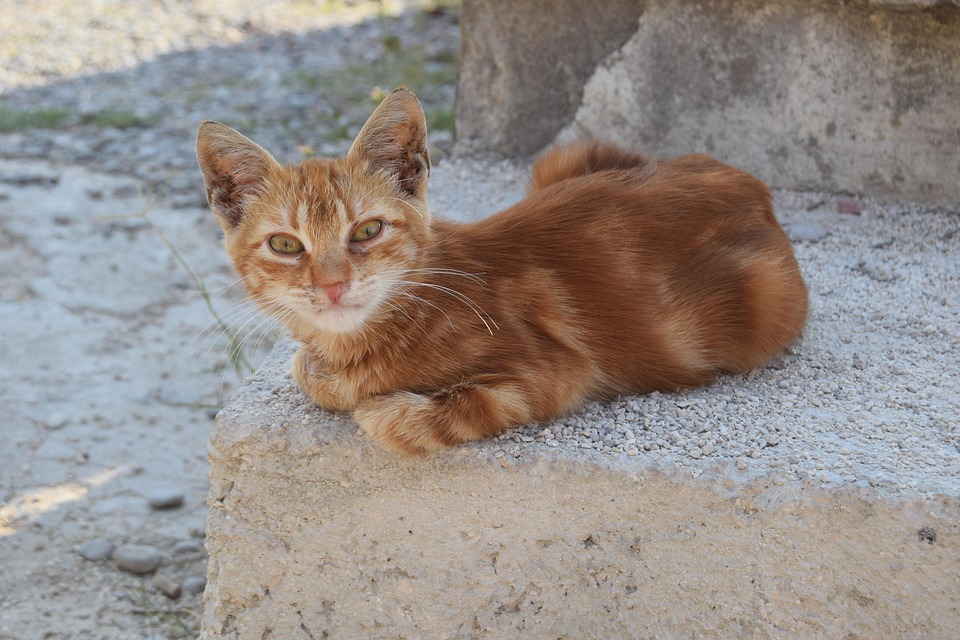
Catnip, scientifically known as Nepeta cataria, is a fascinating herb that has intrigued cat owners for centuries. Its ability to influence a cat’s behavior and mood is both astounding and amusing. However, beyond the playful antics and temporary euphoria, catnip can have various effects on your feline friend’s health and behavior. In this article, we’ll delve into the science behind catnip, its benefits, potential risks, and how you can use it to enhance your cat’s well-being.
What is Catnip?
Catnip belongs to the mint family and is native to Europe and Asia, although it now grows widely across North America. The active ingredient in catnip is a compound called nepetalactone, which is found in the leaves, stems, and seeds of the plant. When cats come into contact with catnip, they may exhibit a range of behaviors, from rolling and rubbing to purring and playful aggression.
How Does Catnip Affect Cats?
The effects of catnip on cats are primarily olfactory. When a cat sniffs or ingests catnip, the nepetalactone binds to receptors in the olfactory epithelium, sending signals to the brain that result in behavioral changes. Some common reactions include:
- Euphoria: Cats may exhibit a state of bliss, often rolling around or purring contentedly.
- Playfulness: Many cats become more playful and may chase toys or imaginary prey.
- Relaxation: Some cats experience a calming effect, lying down or resting peacefully.
- Hyperactivity: In certain cases, cats may become more active or exhibit frenzied behavior.
The Science Behind Catnip Sensitivity
Not all cats are affected by catnip. It’s estimated that between 50% to 70% of cats have a genetic predisposition to respond to catnip. This sensitivity is inherited, and kittens typically begin to respond to catnip around three to six months of age. Interestingly, big cats such as lions and tigers can also react to catnip, displaying behaviors similar to domestic cats.
Benefits of Catnip for Cats
1. Encourages Physical Activity
Catnip can be a great tool to encourage exercise in cats. By stimulating play, catnip helps keep your feline friend physically active, promoting better health and weight management.
2. Reduces Stress and Anxiety
For cats that experience anxiety or stress, catnip can have a soothing effect. The temporary euphoria can help reduce feelings of stress and promote relaxation.
3. Aids in Training and Enrichment
Catnip can be used to attract cats to certain areas or toys, making it a useful tool in training. Additionally, it enriches their environment by providing mental stimulation.
Potential Risks and Considerations
1. Overexposure
While catnip is generally safe, excessive exposure can lead to mild gastrointestinal upset, such as vomiting or diarrhea. It’s best to limit catnip sessions to once every week or two.
2. Aggression
In rare cases, catnip can cause aggressive behavior in some cats. If you notice aggression, it may be best to avoid giving your cat catnip.
3. Not for Every Cat
As mentioned, not all cats respond to catnip. If your cat doesn’t show interest, there’s no need to force it. Each cat is unique, and their preferences should be respected.
How to Use Catnip Safely
1. Choose High-Quality Catnip
Opt for organic, pesticide-free catnip to ensure your cat’s safety. Fresh catnip or dried catnip is available, and both can be effective.
2. Introduce Catnip Gradually
Start by offering a small amount of catnip to see how your cat reacts. Observe their behavior and adjust the amount accordingly.
3. Use Catnip in Toys or Scratchers
Catnip-infused toys or scratchers can provide enrichment and encourage positive scratching behavior. Consider rotating toys to maintain your cat’s interest.
4. Monitor for Reactions
Always supervise your cat during their catnip sessions, especially if it’s their first time. Monitor for any adverse reactions, such as aggression or stomach upset.
Alternatives to Catnip
If your cat is not interested in catnip or you prefer to explore other options, consider these alternatives:
- Silvervine: Another plant that elicits a similar response in cats, often more potent than catnip.
- Valerian Root: Known for its calming effects, valerian root can be an alternative for stress relief.
- Catmint: A close relative of catnip, catmint may attract and entertain your cat.
Conclusion
Catnip is a natural and often enjoyable way to enhance your cat’s quality of life. By understanding how it affects your feline friend’s health and behavior, you can use it safely and effectively. Whether you’re encouraging play, reducing stress, or enriching their environment, catnip can be a valuable tool in promoting your cat’s well-being. As with any new introduction to your cat’s routine, it’s essential to observe their reactions and adjust accordingly to ensure they remain healthy and happy.
By utilizing the tips and information provided in this article, you can make informed decisions about incorporating catnip into your cat’s life, bringing joy and enrichment to your furry companion.
#ChatGPT assisted in the creation of this article.







